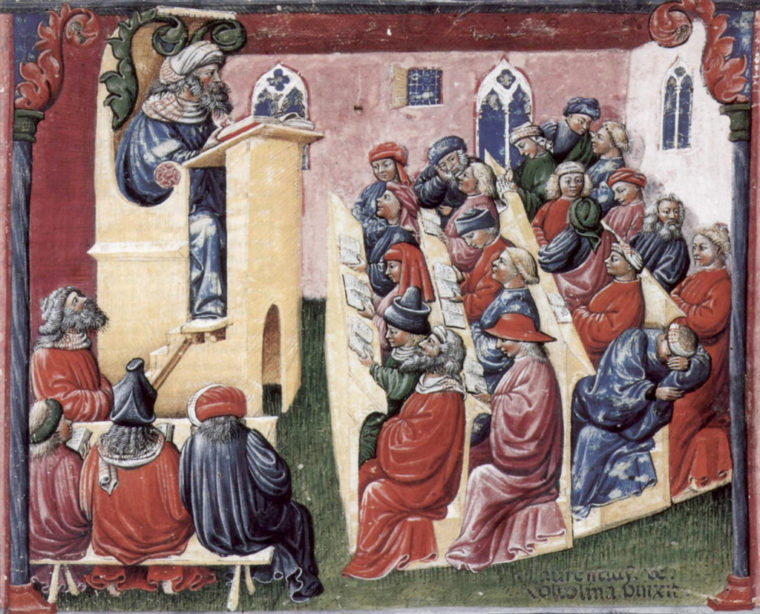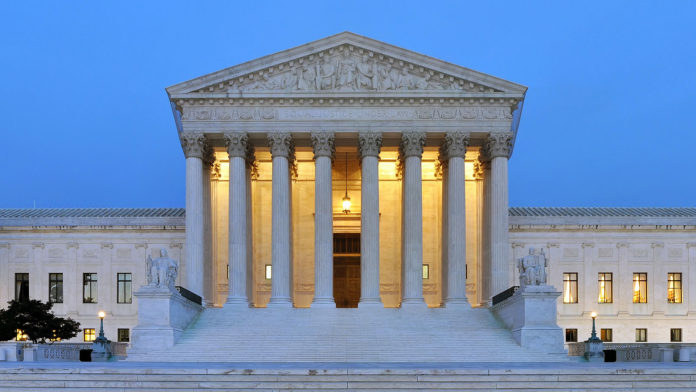Coding is a central part of qualitative data analysis, yet I often find that doctoral students particularly struggle with knowing how to code their qualitative data. In today’s post, I want to share some foundational information for coding to provide a sense of the role of coding as a central function of qualitative data analysis.

In qualitative research, a researcher begins to understand and make sense of the data through coding. Thus, coding plays a critical role in the data analysis process (Miles, Huberman, & Saldana, 2014).





